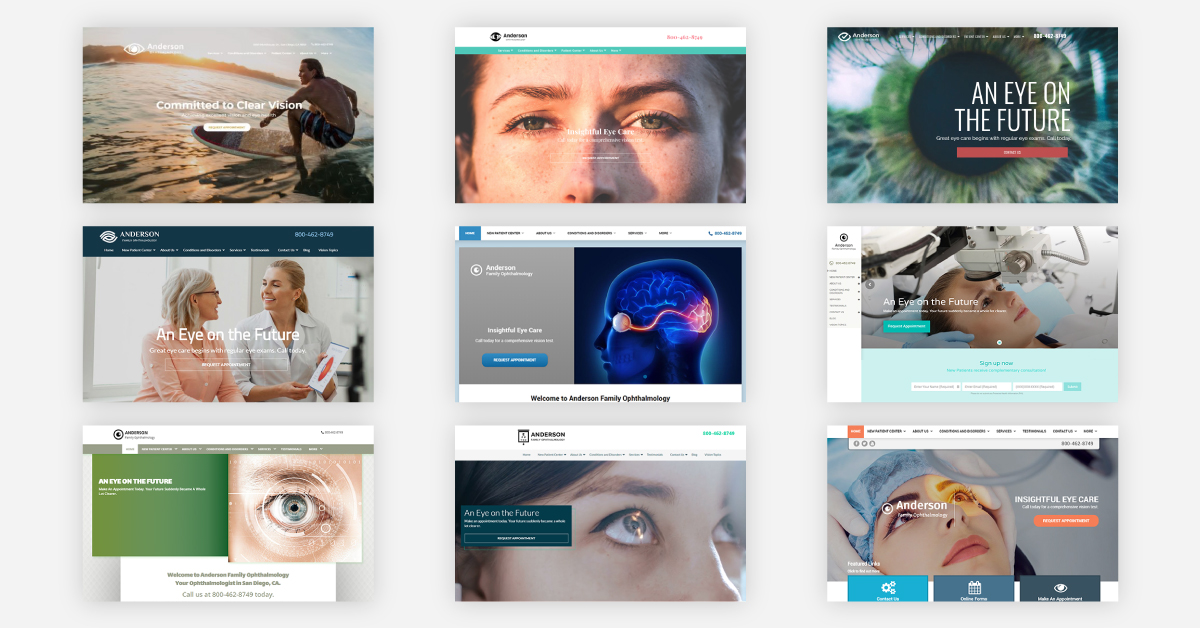Readability and Word Aversion: How You Say it Matters
When you provide content on your website, it needs to do more than simply inform people of various facts. To make the right impression, your words need to be both readable and likable. Readability is, surprisingly enough, a factor that can be roughly measured using automated tools. Likability, on the other hand, is still a bit nebulous.
How Readability Affects the Effectiveness of Your Content
The issue of readability is more confusing than it may seem. Many think that it’s good to make content as readable as possible, but in reality, there are nuances to consider. The most readable content can be understood by a kindergartner or first-grader, but it will also look like it was written by one – obviously a bad trait for a doctor’s website. On the other hand, writing that makes full use of your professional degree will only be readable by other doctors. That’s taking things too far the other way.
The most readable content can be understood by a kindergartner or first-grader
Successful content has a readability level that is keyed to the audience you’re trying to attract. This means that it will vary depending on your location and which segment of the population you’re looking to reach. If you find that your best patients have high school diplomas but no college degrees, you’ll want to have content that can easily be read by 9th or 10th graders. This is also a good level for reaching the general public.
However, if your best patients are those with at least a bachelor’s degree, one of the easiest ways to target them is to bump up the reading difficulty of your content. They’ll appreciate the extra detail and see you as being well-educated.
Judging Readability
Fortunately, there are automated tools that take some of the guesswork out of this process. One of the most well-known is the Flesch–Kincaid Grade Scale. Another big one is the Gunning Fog Index.
These tools are great guides, but they should not be followed slavishly. Automated versions will sometimes score a text as being much harder to read than it actually is because of the use of a single “hard” word or one long sentence. This effect should be ignored.
Word Aversion and Likability
The English language contains some words that many people have a natural aversion to. Most people can’t explain why they don’t like these words, but they really hate to encounter them. The most infamous example is the word “moist,” which Scientific American says is detested by about 20% of the population. There are many other such words as well.
Most people can’t explain why they don’t like these words
In order to keep people engaged with your content, these words should be avoided when possible. Usually they can easily be replaced by synonyms without much, if any, change in meaning.
To ensure that your content is always properly targeted to your audience and doesn’t contain hidden sources of aversion, contact us for help. Our SEO packages include professional content creation so that you can be sure that your site is as effective as possible.



